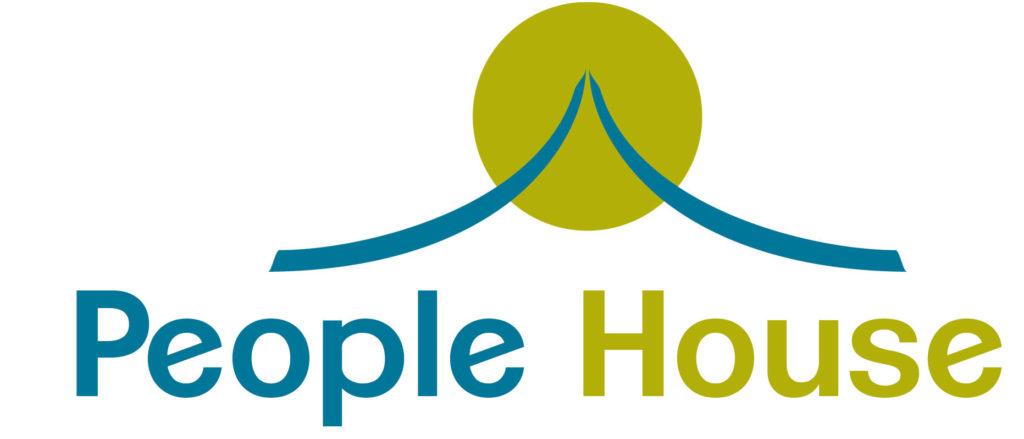Are you ready for ENM? Food for Thought on Opening up Your Relationship || By Tristan (TJ) Dubovich, Affordable Counseling Intern for People House
ENM or ethical non-monogamy, otherwise known as polyamory, has increased in visibility as a relationship style for individuals in recent years. A February 2023 YouGov poll finds that one-third of Americans (34%) describe their ideal relationship as something other than complete monogamy (Sanders, 2023). With this increase in visibility and practice of polyamory, there are interested folks who dive into this area of relational structure with a “we will figure it out as it goes” mentality. As someone who works with this client population and has experience with polyamory in my own communities, I urge you to think more critically about this change in your relationship.
One of the ways you can begin to process the shift from monogamy to poly is to think about what are your intentions and ideals for the switch.
Sometimes folks think polyamory is a way to “save” or “assist” in their current monogamous relationship and it’s important to understand why you think being poly may accomplish that goal. I have found poly and monogamy are equally difficult relationship structures – the difference is what kinds of issues come up and the hurdles you will need to move through with your partner. For example, are you interested in having more sexual partners because you and your partner have a variance in sex drive? Increasing your sexual partners may improve your sexual needs being met but it will also mean there is a potential for increased risk of STD transmission in your current relationship, as well as the sexual connection of your current partner that still will need attending to (assuming your partner is not asexual). This is just one small example of how poly may improve needs being met but also comes with an increased need in communication, intention setting, and thoughtfulness to exist for it to work ethically.
Another way to learn more and process what may come up in a shift to poly is to read distinguished books on polyamory. Read them for yourself and utilize them as a way to connect with your partner. The two books I recommend are PolySecure by Jessica Fern and More Than Two by Franklin Veaux and Eve Rickert. Polysecure is a great book for poly and monogamous folks alike, as it breaks down attachment and trauma and how to gain a more secure attachment within yourself and your partner/s. It also provides practical guides on how to approach different topics that may come up as you begin to explore a poly relationship. You can also purchase a supplemental workbook to the book, which I highly recommend. The worksheets can be done with your partner and can provide a helpful structure to these potentially difficult and challenging conversations. More than Two is a larger work and goes over many of the nuances under the polyamory umbrella such as the different relationship structure options, myths, and expectations that exist. I suggest this one as well because it covers a wide range of poly-related topics from folks that have many years of lived experience, as well as providing humor to the discussions and reality of living poly.
In addition to the literature mentioned, some questions to ask yourself to help process if you are ready to open your relationship to polyamory could be:
- What is your attachment style and how could your particular attachment with your partner change or be triggered once poly?
- What are your distress limits in feelings such as jealousy or discomfort in your partner’s poly relationship/s? How will you communicate that to your partner when it comes up?
- How will a mono/poly situation be handled if it occurs accidentally or intentionally?
- Will you be open about your poly status to family/friends? On social media?
- What are your boundaries with information-sharing among your partner/s and metamours (a term for the person/s who is the partner of your partner)?
At first, it may feel like an overwhelming amount of information to think through but it’s a necessary step that will become easier with practice. Intention and expectation clarity can go a long way in helping every person involved in the polyamorous relationship feel understood and cared for, as well as giving the opportunity for wholehearted consent in the dynamic. Polyamory can bring joy and fulfillment to your relationship. It can also improve relationship satisfaction for those who are on the same page and have shared visions for how it will work in their unique relationship. Before embarking on this exciting next step, consider the factors mentioned above that will impact you and your partner/s. It can lead to fewer points of pain arising between those involved, and create a foundation for success in a challenging, but possibly rewarding, experience.
References:
Fern, J. (2023). Polysecure: Attachment, trauma and consensual non-monogamy. Scribe.
Sanders, L. (2023, February 21). How many Americans prefer non-monogamy in relationships?. YouGov. https://today.yougov.com/topics/society/articles-reports/2023/02/21/how-many-americans-prefer-nonmonogamy-relationship
Veaux, F., Rickert, E., & Hardy, J. W. (2014). More Than Two: A practical guide to ethical polyamory. Thorntree Press.
About the Author: Tristan (TJ) Dubovich is a marriage and family therapy intern at People House. TJ works with individuals, couples, and families in a solution-focused and collaborative approach. He enjoys working with folks from a variety of backgrounds – especially those in the LGBTQIA community, those in life transitions, and couples looking to improve their relationships.
